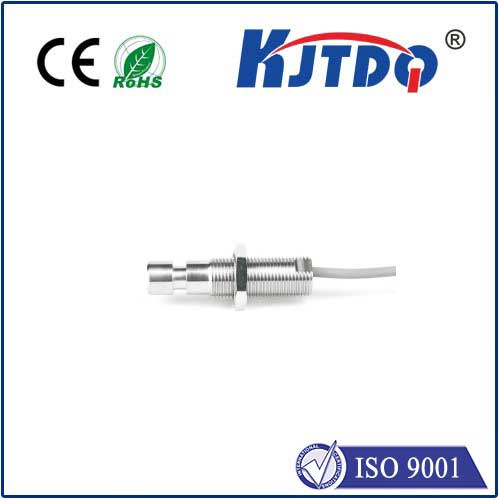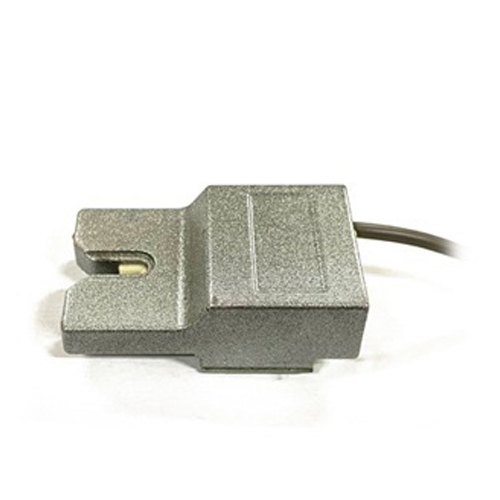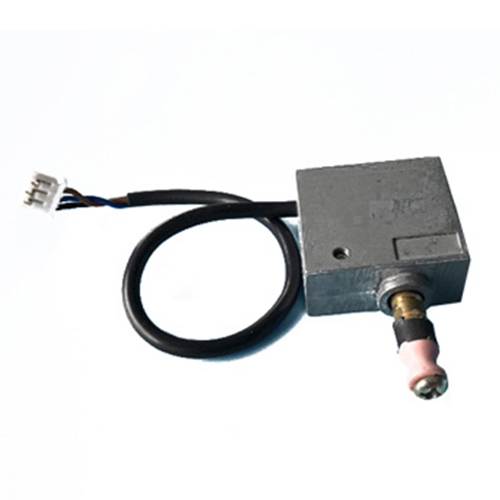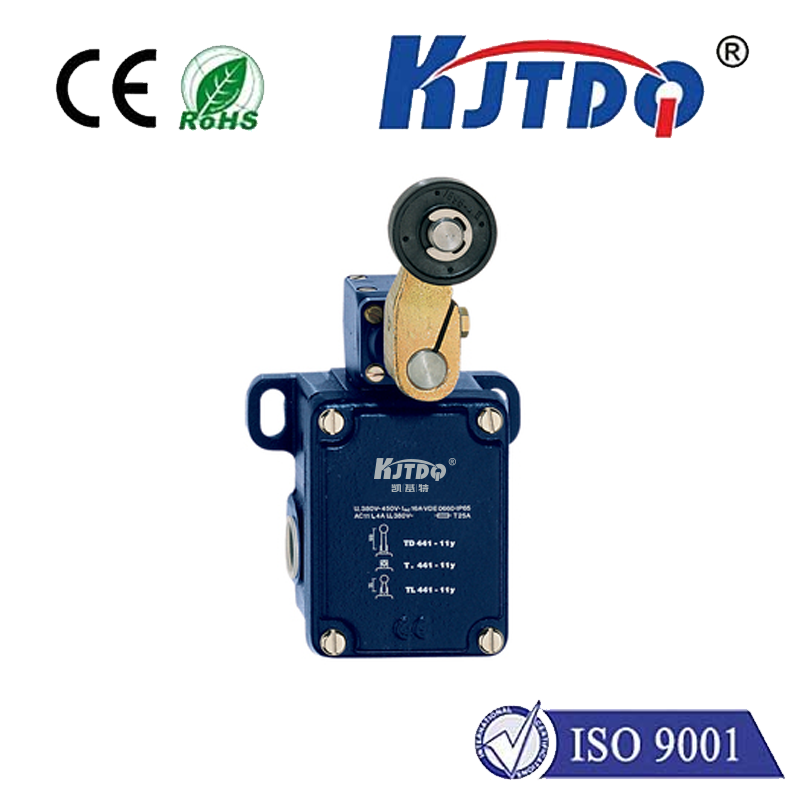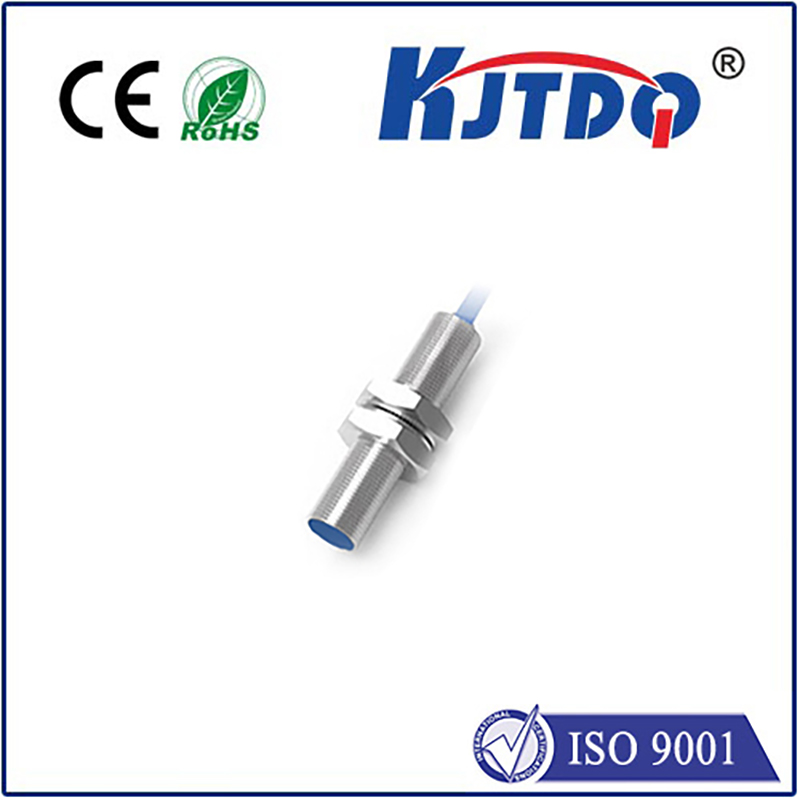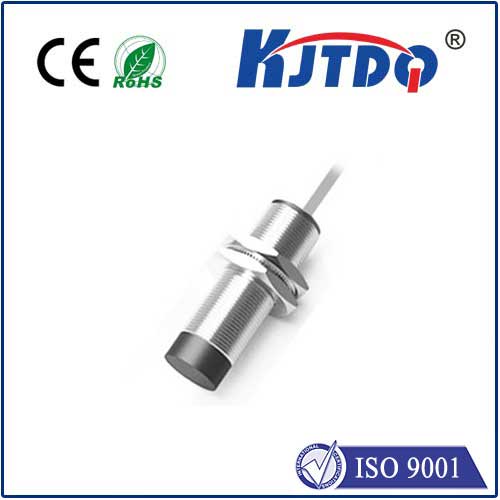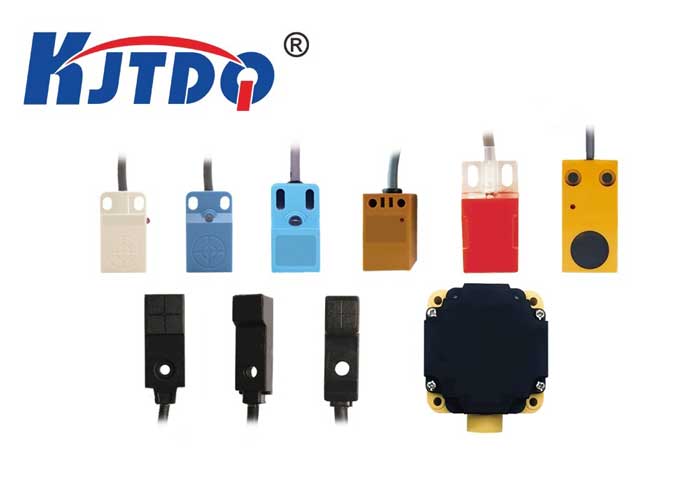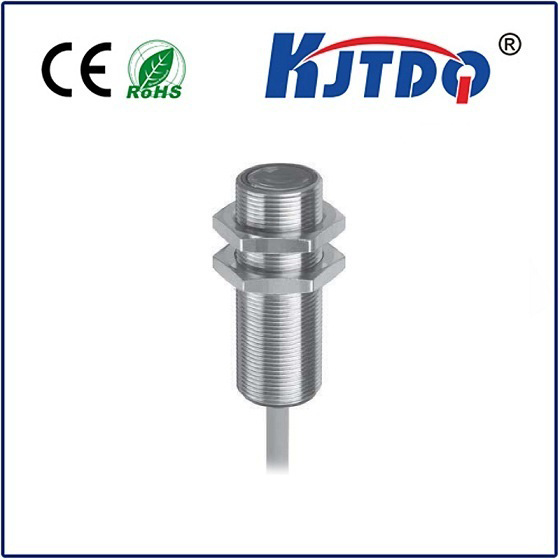

check

check

check

check
Remember the days of wrestling with a nest of jumper wires, desperately trying to connect a single temperature sensor to your Arduino without causing a short circuit? That frustration, the breadboard jungle, and the constant debugging of fragile connections – they were the bane of many aspiring electronics enthusiasts and engineers. Enter the Grove sensor ecosystem, a breath of fresh air designed to obliterate these prototyping nightmares and make interfacing sensors with microcontrollers like Arduino and Raspberry Pi astonishingly simple and reliable.
Developed by Seeed Studio, the Grove system isn’t just a collection of individual sensors; it’s a holistic, standardized approach to connecting the physical world to the digital realm. Its core genius lies in its plug-and-play simplicity. Forget intricate wiring diagrams and soldering irons for basic connections. Grove modules feature standardized 4-pin connectors:
This elegant simplicity is the Grove system’s superpower. Need a light sensor? Plug it into a Grove port. Want to add an ultrasonic distance finder? Plug it in. Swapping modules for different sensing tasks takes seconds, not minutes or hours. This drastically reduces setup time and minimizes connection errors, allowing you to focus entirely on what you want to sense and how you want to use the data, rather than how to make the sensor work electronically.

The sheer breadth of the Grove sensor ecosystem is staggering. From fundamental environmental monitoring to complex interactions, there’s likely a Grove module designed for it:
Crucially, the system handles the complex electronics needed to interface these diverse physical phenomena with a simple microcontroller. Many Grove sensor modules incorporate essential signal conditioning, amplification, or analog-to-digital conversion circuitry onboard. For digital sensors, especially those using the popular I2C or UART protocols via the standardized connector, communication becomes incredibly straightforward. Libraries specifically designed for Grove modules abstract away low-level communication details, allowing developers to read sensor values with just a few lines of code.
Why is the Grove sensor paradigm so transformative across different fields?
Imagine building a basic plant monitoring system within minutes:
Voilà! You have a functional monitor. No deciphering complex pinouts, no voltage dividers for analog sensors, no worrying about I2C pull-up resistors – the Grove system handles it. This is the power of standardization and thoughtful design.
The Grove sensor ecosystem represents a fundamental shift. It moves the focus from the often tedious mechanics of sensor interfacing to the exciting application of the data those sensors provide. By eliminating wiring complexity, ensuring reliable connections, providing a vast array of pre-conditioned modules, and offering excellent software support, Grove lowers the barrier to entry while simultaneously increasing prototyping speed and reliability for experts. Whether you’re taking your first steps into electronics, building a prototype for a startup, or installing a sensor network, the Grove system offers an elegant, efficient, and profoundly practical pathway to bringing your sensing ideas to life. It’s not just about the sensors; it’s about how effortlessly you can use them.


